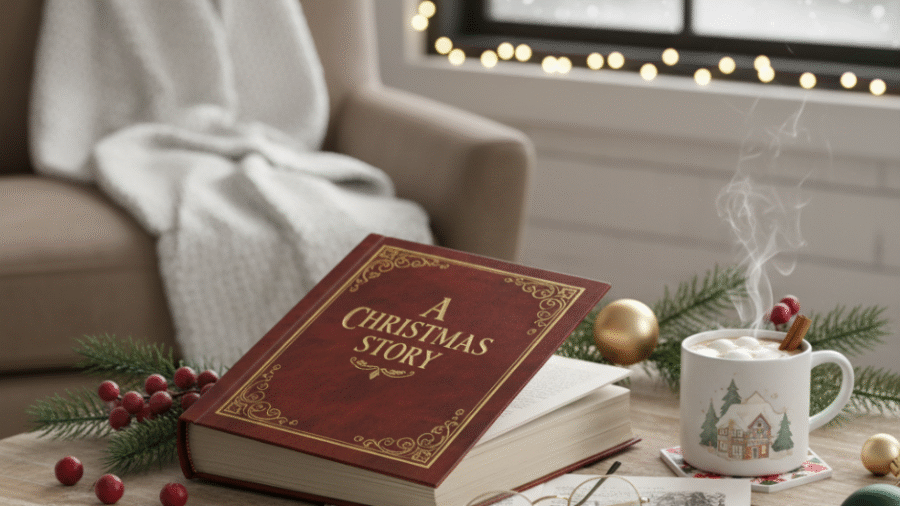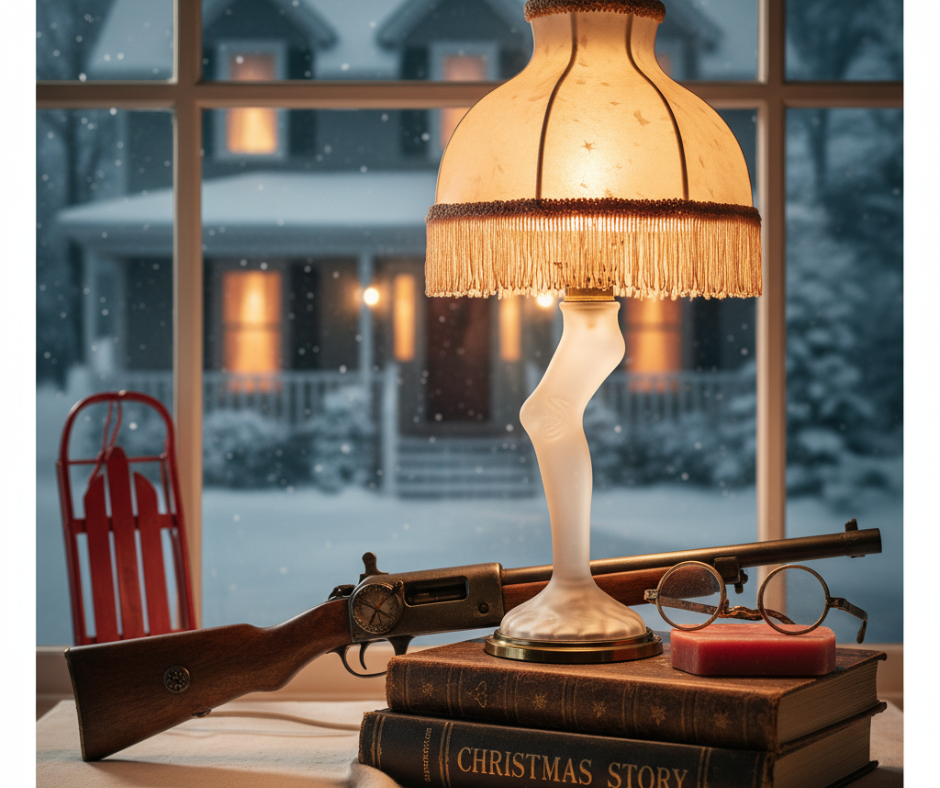Few holiday films have captured the warmth, humor, and nostalgia of the Christmas Story season quite like A Christmas Story. Since its release in 1983, the film has become a cherished tradition for families worldwide, love for its quirky characters, iconic scenes, and authentic portrayal of a 1940s childhood Christmas.
While audiences delight in Ralphie Parker’s quest for a Red Ryder BB gun and the chaotic family antics, much remains fascinating about the behind-the-scenes story of how this classic was made. From casting secrets to production challenges and lasting cultural impact, understanding the film’s creation adds a new dimension of appreciation to its timeless appeal.
This article offers an in-depth look behind the scenes of A Christmas Story, exploring the making of the movie, the people involve, and the enduring legacy that makes it so beloved.
Origins: Jean Shepherd’s Stories Come to Life
A Christmas Story is based on the semi-autobiographical stories of humorist and radio personality Jean Shepherd, who narrate the film himself. Shepherd’s nostalgic stories about his childhood in the Midwest during the 1930s and 40s formed the foundation for the movie’s plot and humor.
The film captures the feel of Shepherd’s storytelling style, blending warmth, wit, and a bit of mischief. His narration adds a personal touch that invites viewers to experience Christmas through his eyes, creating an intimate connection to Ralphie’s journey.
Casting: The Right Faces for the Right Roles
Casting was critical to bringing Shepherd’s stories to life authentically. Peter Billingsley was cast as Ralphie after his first audition, impressing the filmmakers with his natural charm and comedic timing.
Darren McGavin, chosen to play Ralphie’s father, brought a gruff but loving presence. Notably, Jack Nicholson was consider for the role but was ultimately too costly a fit for the budget.
Many child actors were local amateurs from Chicago and Cleveland, lending a genuine Midwestern flavor to the film’s children’s performances.
Filming Locations and Set Design
Though set in Indiana, most filming was done in Cleveland, Ohio, and Toronto, Canada. These locations were select because their historic neighborhoods closely resembled a 1940s small-town Midwest atmosphere.
The production team meticulously designed sets and props to evoke the era accurately. Ralphie’s house, neighborhood, and school all showcase details such as period-appropriate furniture, clothing, and vehicles.
The attention to detail allows viewers to be transport seamlessly into the Christmas world of Ralphie’s youth.
Iconic Props and Scenes
The leg lamp, one of the film’s most iconic props, was inspired by an old Nehi soda commercial. Three lamps were built for filming; all three were fragile and suffered damage during shooting.
The Red Ryder BB gun Ralphie desires was a custom prop designed by the production to meet script specifications, as no exact model existed.
The infamous frozen tongue to a flagpole scene was achieved using clever special effects involving suction cups and camera angles to create a realistic yet safe stunt.
Behind-the-Scenes Challenges
Filming stretched over five months—a lengthy schedule reflecting the care given to recreate the period and story authentically.
Director Bob Clark encouraged improvisation, making some scenes feel spontaneous and natural, enhancing the film’s authenticity.
Dealing with child actors and capturing the winter setting add logistical challenges, from weather conditions to managing young performers.
Cultural Impact and Legacy
Despite modest box office success, A Christmas Story grew steadily in popularity through television broadcasts. Beginning in 1997, a 24-hour marathon on TNT solidifi it as a holiday tradition, exposing the film to new generations annually.
The film’s catchphrases, scenes, and characters have become cultural touchstones, inspiring parodies, sequels, and a Broadway musical.
Fun Facts and Trivia
-
Jean Shepherd’s voice cameo appears at the department store scene.
-
Several scenes include unscripte, improvise dialogue, adding to the film’s humor.
-
The soap Ralphie is force to hold in his mouth was made of wax.
-
The “triple dog dare” phrase was improvise on set.
-
The film’s nostalgic appeal comes in part from its balance of humor and emotional warmth.
Explore More About A Christmas Story
For a thorough exploration of the film’s history, production notes, and cultural significance, the OhioLINK shared digital collections provide an excellent resource:
A Christmas Story: Behind the Scenes.
Read More: Did You Know… A Christmas Story Edition – Fascinating Facts About a Holiday Classic
Conclusion
A Christmas Story is a masterful blend of storytelling, performance, and production detail that has create a perfect holiday classic. Its behind-the-scenes story reflects the passion and dedication of everyone involve, from Jean Shepherd’s narratives to the filmmakers’ creative vision.
Whether a longtime fan or a newcomer, knowing the story behind the story offers fresh reasons to cherish A Christmas Story as a true cinematic holiday treasure.



Add a Comment